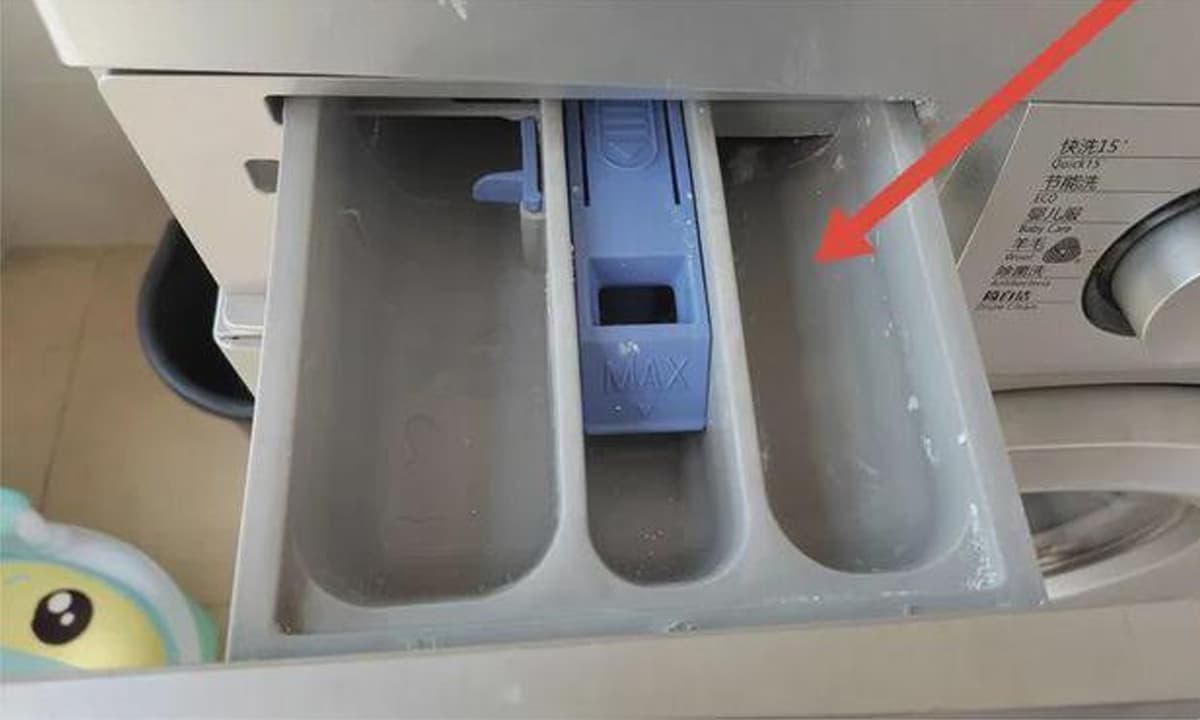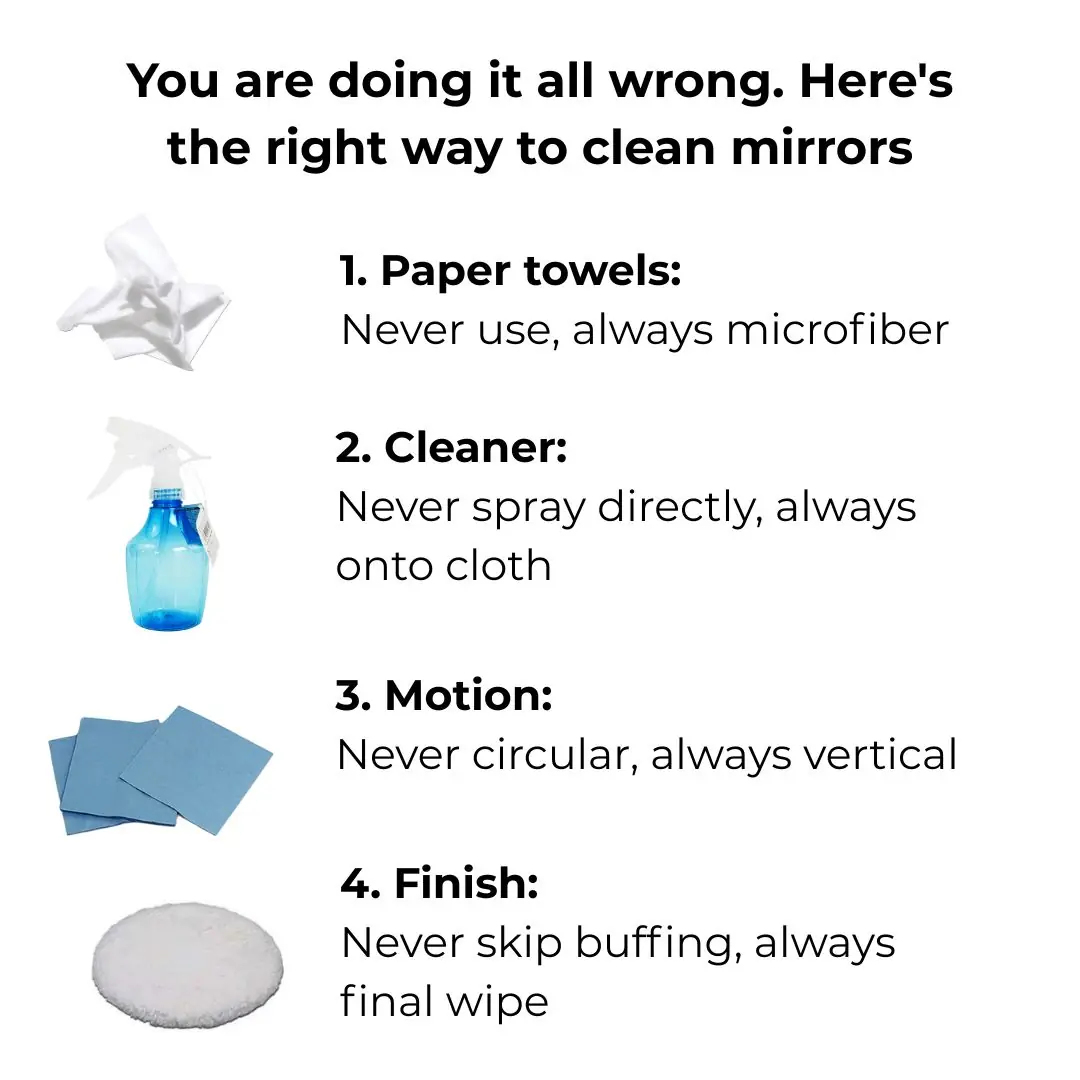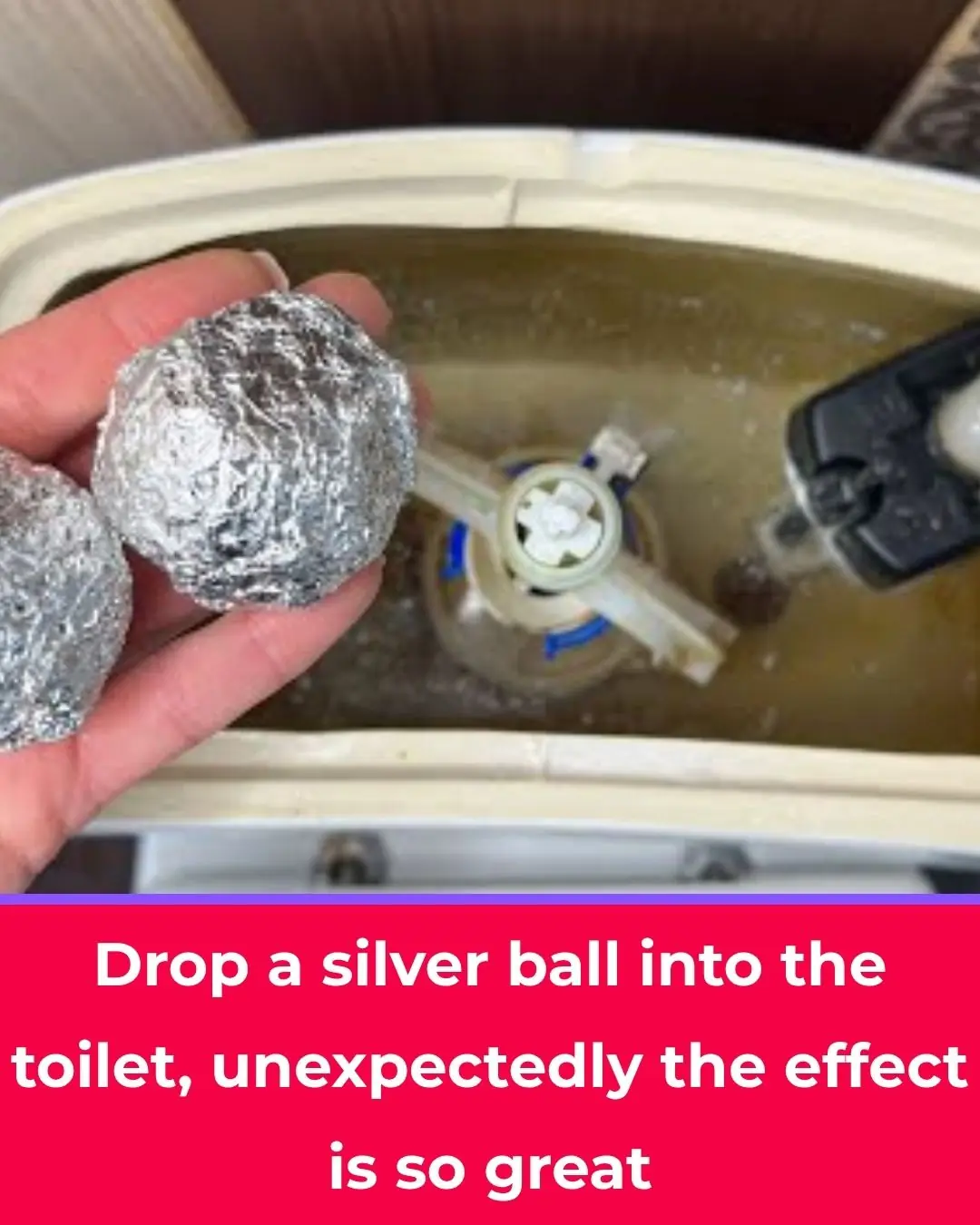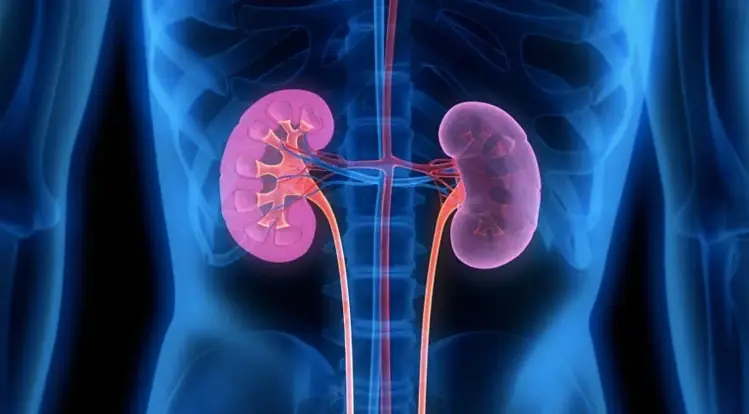
Today I Learned the Right Way to Use the Washing Machine Detergent Drawer — No Wonder My Clothes Used to Get Dirtier After Washing!

In today’s busy world, washing machines have become a household essential. They save us time, effort, and energy — but have you ever noticed that your clothes sometimes come out of the wash still smelling odd, or not looking as clean as you expected?
Surprisingly, the problem might not lie with your washing machine itself, but with how you’re using it. Many of us have unknowingly formed bad laundry habits, particularly when it comes to using and cleaning the detergent drawer — a small but crucial part of every washing machine.
Today, I want to share the correct way to use and maintain your washing machine’s detergent drawer, along with a few helpful tips to make sure your clothes always come out fresh, clean, and odor-free.
1. Why the Detergent Drawer Matters
The detergent drawer (or detergent compartment) plays an essential role in the washing process. It’s where you add detergent, fabric softener, or pre-wash agents, and it ensures these substances are distributed evenly throughout the wash.
Over time, however, residue, detergent buildup, and mold can accumulate inside this small compartment — especially if you use liquid detergents or fabric softeners. These residues don’t just make the drawer look dirty; they can also cause musty smells and reduce your washer’s cleaning performance.
That’s why regular cleaning of the detergent drawer is key to keeping both your machine and your clothes in top condition.
2. How to Properly Clean the Detergent Drawer
Cleaning the detergent drawer is simpler than you might think. Here’s how to do it correctly:
-
Remove the drawer: Most machines have a small release button or latch in the center. Press it gently and pull the drawer out completely.
-
Rinse and scrub: Wash the drawer under warm running water. Use an old toothbrush, a soft brush, or even a shoe brush to scrub away detergent residue, especially in corners and crevices where buildup tends to hide.
-
Wipe inside the compartment slot: Don’t forget to clean the area inside the machine where the drawer slides in — this is where mildew often forms.
-
Dry thoroughly: Wipe with a dry cloth before reinstalling to prevent moisture buildup.
-
Reattach the drawer: Slide it back into place securely.
If it’s been a long time since you last cleaned it, you might notice visible grime or black spots — signs of mold. In that case, soak the drawer in warm water mixed with vinegar or mild detergent for 15–20 minutes before scrubbing.
Tip: Try to clean the detergent drawer at least once a month. Regular maintenance helps prevent smells and ensures your laundry comes out cleaner.
3. Using the Correct Compartments for Detergent and Softener
One of the most common washing mistakes is pouring detergent directly into the drum. While it might seem harmless, this method often prevents the detergent from dissolving and distributing properly. Instead, it can leave soap stains or even damage delicate fabrics.
Your washing machine’s detergent drawer is divided into three sections, each with a specific purpose:
-
Pre-wash compartment (often labeled “I”): Used for heavily soiled clothes or when using a pre-wash cycle.
-
Main wash compartment (labeled “II”): This is where you should put your regular laundry detergent for standard washing cycles.
-
Fabric softener compartment (often marked with a flower icon): Designed for liquid softeners or color fixatives, which are released automatically during the final rinse.
Always follow this order to make sure your clothes are properly soaked, cleaned, and softened. Adding detergent or softener to the wrong compartment can lead to inefficient cleaning or residue on fabrics.
4. Important Safety Note: Don’t Panic if You Drop Something in the Washer
Here’s a lesser-known tip that can save you from disaster. During the washing process, the door of a front-loading machine cannot be opened, which means any item accidentally left in — like a phone, wallet, or earphones — will get soaked.
If this happens, don’t panic. Most washing machines have a small emergency drain or access panel near the bottom front area. You can usually open it by pressing with a coin or screwdriver, then gently pulling the emergency release cord to open the door and retrieve your items safely.
This little trick can prevent unnecessary damage or loss, especially if you accidentally wash something valuable.
5. How to Keep Your Laundry Fresh and Odor-Free
To make sure your clothes come out clean and smell fresh every time, keep these habits in mind:
-
Clean the detergent drawer regularly to prevent buildup.
-
Leave the washer door slightly open after each wash to allow moisture to escape — this helps prevent mold and odor inside the drum.
-
Use the right detergent for your machine type (HE for high-efficiency machines).
-
Don’t overload the drum — overcrowding can prevent water and detergent from circulating properly.
-
Run a cleaning cycle with hot water and vinegar or a washing machine cleaner once a month to keep the drum fresh.
These small steps go a long way toward ensuring both your washer and your clothes stay in perfect condition.
6. The Bottom Line
To truly enjoy the convenience that modern washing machines provide, we need to use them the right way.
By cleaning the detergent drawer regularly, placing detergent in the correct compartments, and following proper washing practices, you’ll not only keep your clothes cleaner but also extend the lifespan of your washing machine.
It’s a simple habit, but one that makes a huge difference. From now on, take a moment to care for your detergent drawer — and say goodbye to mysterious odors and dingy laundry for good!
News in the same category


Stop throwing out old hoses. Here are 10 brilliant hacks to use them around the house

You’re doing it all wrong. Here’s the right way to clean air vents

My nana taught me this hack to get rid of lawn burn from dog pee in 5 mins with 0 work. Here’s how it works

You're doing it all wrong. Here’s the right way to store milk and dairy

You are doing it all wrong. Here's the right way to clean mirrors

Most do this wrong. 10 leftovers you’re storing wrong

Delicious and crispy onion salt, you can keep it all year round without worrying about scum, just make it this way, whoever eats it will remember it forever

You are doing it all wrong. Here's the right way to store cleaning supplies

My nana taught me this hack to whiten yellow pillows in 5 mins with 0 work. Here’s how it works

If you see this plant, you are sitting on gold and don't even know it.

The truth about eating green papaya and ripe papaya is a secret that few people know

The 'green miracle' fruit that fights cancer and treats diabetes but is overlooked by many: Sold widely in Vietnamese markets

How to wash and condition hair with rice water to reduce hair loss and continuously promote new hair growth

4 dishes using hairleaf herb to effectively treat stomach pain

5 Warning Signs That Could Indicate a Serious Illness — Check Yourself and Your Loved Ones

Drop a Silver Ball into Your Toilet — You’ll Be Amazed at What Happens Next

Don’t Eat Tofu Right After You Buy It—Freeze It First for a Magical Effect

Put a Bowl of Salt in Your Fridge: A Simple Yet Powerful Hack I Wish I Knew 30 Years Ago

4 Nighttime Habits That Make Women Age Faster and Shorten Lifespan: How Many Do You Do?
News Post

10 fridge habits you’re doing wrong

A 3-Year-Old Girl Bit a Thermometer and Swallowed Mercury: A Mother’s Smart Reaction Saved Her Daughter’s Life and Earned the Doctor’s Praise

5 Signs of Kidney Failure That, If Ignored, Could Lead to a Lifetime of Dialysis

Is Cancer Hereditary? Useful Advice to Prevent the Growth of Cancer Cells

4 types of people who should avoid eating cucumbers

10 Warning Signs It’s Time to Cut Back on Caffeine

Scientists Reveal Interoception, the Amazing Sixth Sense of Humans

Stop throwing out old hoses. Here are 10 brilliant hacks to use them around the house

Shaun Wallace’s heartbreak over tragic family death: ‘I watched him physically degenerate’

EXCLUSIVE: Kerry Katona 'upset' over 'selfish' Katie Price as cracks show in friendship

You’re doing it all wrong. Here’s the right way to clean air vents

Big Brother fans fume ‘she can't get away with this’ as they slam housemate

My nana taught me this hack to get rid of lawn burn from dog pee in 5 mins with 0 work. Here’s how it works

You're doing it all wrong. Here’s the right way to store milk and dairy

You are doing it all wrong. Here's the right way to clean mirrors

Most do this wrong. 10 leftovers you’re storing wrong

Delicious and crispy onion salt, you can keep it all year round without worrying about scum, just make it this way, whoever eats it will remember it forever

You are doing it all wrong. Here's the right way to store cleaning supplies

My nana taught me this hack to whiten yellow pillows in 5 mins with 0 work. Here’s how it works
